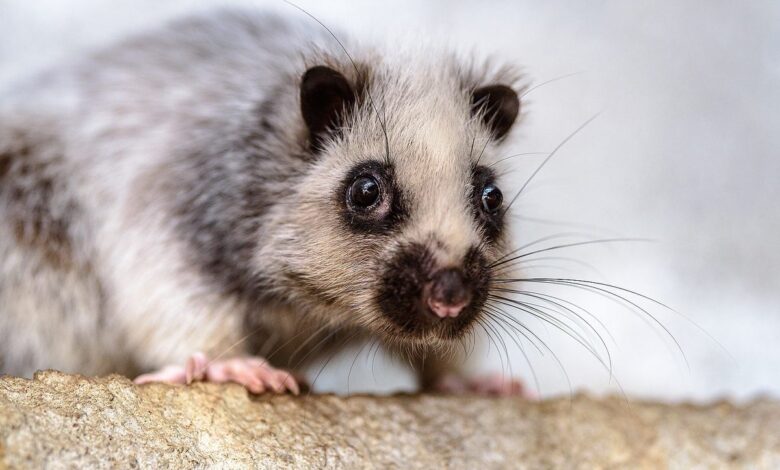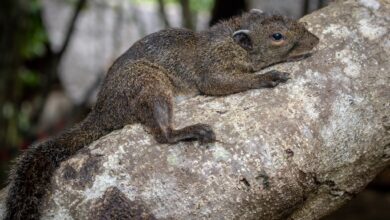
Cloud Rats Look Like Tiny Pandas
Nestled in the dense, mist-covered forests of the Philippines, a unique group of creatures has managed to captivate the interest of scientists and nature enthusiasts alike. These creatures are the elusive and enchanting cloud rats, a group of arboreal rodents endemic to the Philippine archipelago. With their striking appearances and fascinating behaviors, cloud rats play a crucial role in their ecosystem and symbolize the rich biodiversity of the region.
The Cloud Rats: An Overview
Cloud rats, also known as cloud runners, belong to the genus Phloeomys and are part of the family Muridae. There are several species of cloud rats, each with its own distinct characteristics and habitat preferences. The most well-known species include the Northern Luzon Giant Cloud Rat (Phloeomys pallidus), the Southern Luzon Giant Cloud Rat (Phloeomys cumingi), and the Panay Cloud Runner (Crateromys heaneyi).
These rodents are named for their preference for living high up in the trees, often in the cloud forests that blanket the mountainous regions of the Philippines. Their adaptations to an arboreal lifestyle are evident in their strong limbs and sharp claws, which allow them to navigate the forest canopy with ease.
Distinctive Characteristics
Cloud rats are notable for their large size compared to other rodents. The Northern Luzon Giant Cloud Rat, for example, can weigh up to 2.5 kilograms (about 5.5 pounds) and measure up to 75 centimeters (about 30 inches) in length, including their bushy tails. Their fur is typically thick and woolly, providing insulation against the cool temperatures of the high-altitude forests they inhabit.
The coloration of these cute rodents varies among species, with some exhibiting a striking mix of black, white, and brown fur, while others have a more uniform coloration. These rodents are nocturnal, emerging at night to forage for food, which primarily consists of leaves, fruits, and bark.
READ: Prehistoric Animals Still Alive in the Philippines
Ecological Importance
Cloud rats play a vital role in maintaining the health of their forest ecosystems. As herbivores, they help in the dispersal of seeds, contributing to forest regeneration and plant diversity. Their feeding habits also help control the growth of certain plant species, preventing any single species from dominating the forest floor.
Moreover, they serve as prey for a variety of predators, including birds of prey and larger mammals. This positions them as an integral part of the food web, supporting the survival of other species within their habitat.
Conservation Status
Despite their ecological significance, cloud rats face numerous threats that jeopardize their survival. Habitat loss due to deforestation, agricultural expansion, and logging is the primary threat to their populations. The encroachment of human activities into their natural habitats has led to significant declines in cloud rat numbers.
Conservation efforts are crucial to ensuring the survival of cloud rats. Protecting their natural habitats through the establishment of protected areas and implementing sustainable land-use practices can help mitigate the impacts of habitat loss. Public awareness campaigns and community involvement in conservation initiatives are also essential in reducing hunting and promoting the preservation of these unique creatures.
The cloud rats of the Philippines are a testament to the incredible biodiversity found within the archipelago. Their unique adaptations, ecological roles, and striking appearances make them a fascinating subject of study and a vital component of their forest ecosystems. However, the challenges they face underscore the urgent need for conservation efforts to protect these remarkable rodents and their habitats. By working together, we can ensure that future generations will continue to marvel at the beauty and significance of the cloud rats of the Philippines.


